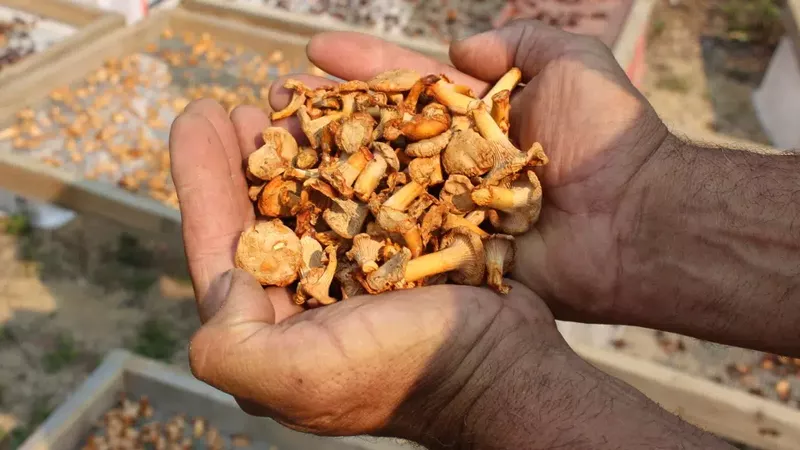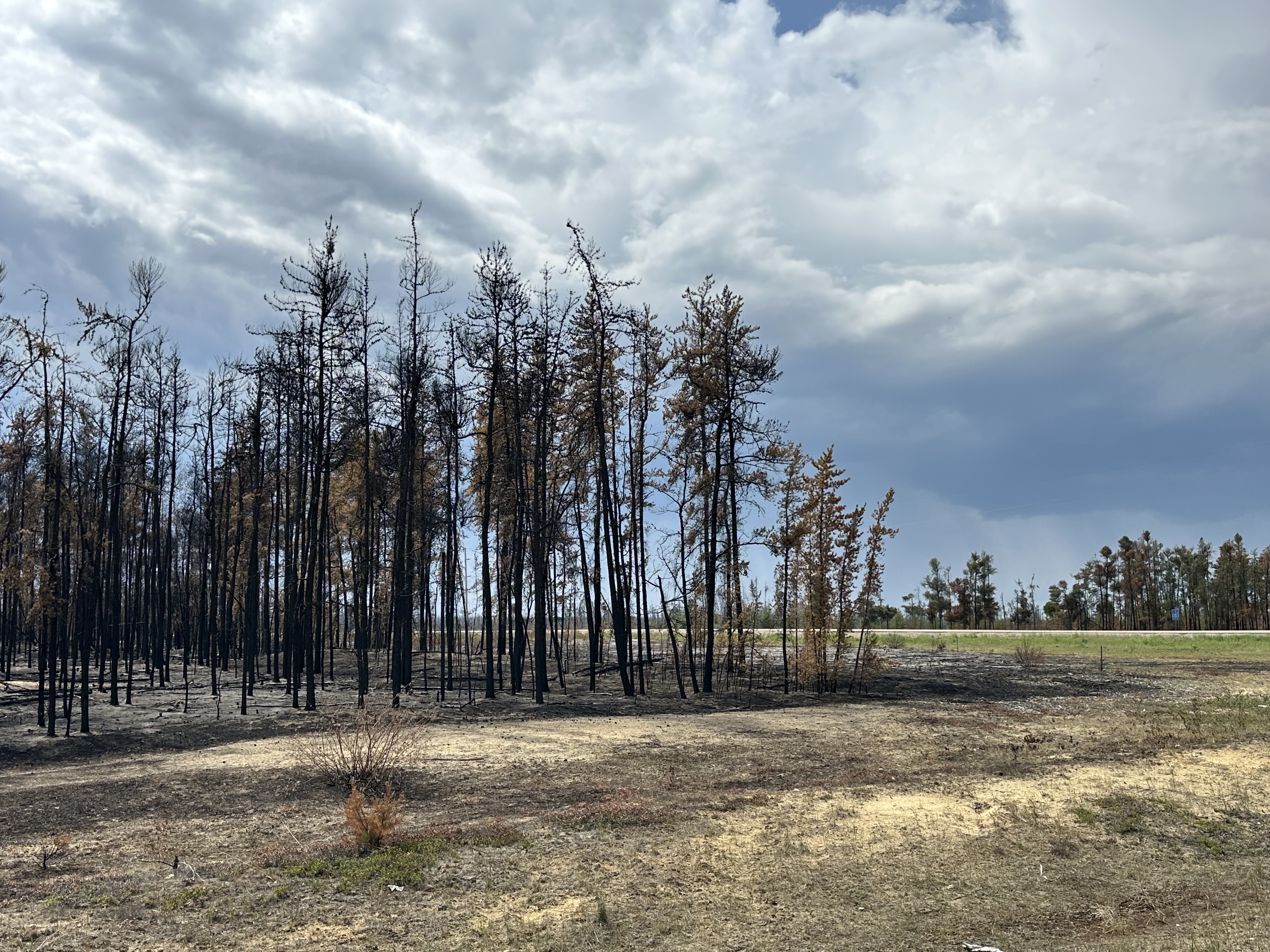
Mushroom pickers out millions of dollars as chanterelle patch will take several decades to re-grow
The destruction of an important mushroom patch about 30 kilometers south of La Ronge will result in a loss of at least $10 million to local pickers over the next 20 years.
Every year, pickers and buyer are drawn to the area because of the high quality of chanterelle mushrooms, which are sought after by consumers all around the world. It is an important economy for northerners and Indigenous Peoples, who spend weeks at a time out on the land harvesting the culinary commodity.
Keewatin Community Development Association CEO Randy Johns, who manages Air Ronge-based Boreal Heartland Herbal Products and is a buyer of chanterelles, explained the area near La Ronge destroyed by wildfire in recent weeks produced 50,000 pounds of mushrooms annually. He noted pickers were paid $12 per pound in 2024.
Johns added pickers receive at least $500,000 per year with the end of market value being closer to $1 million.



